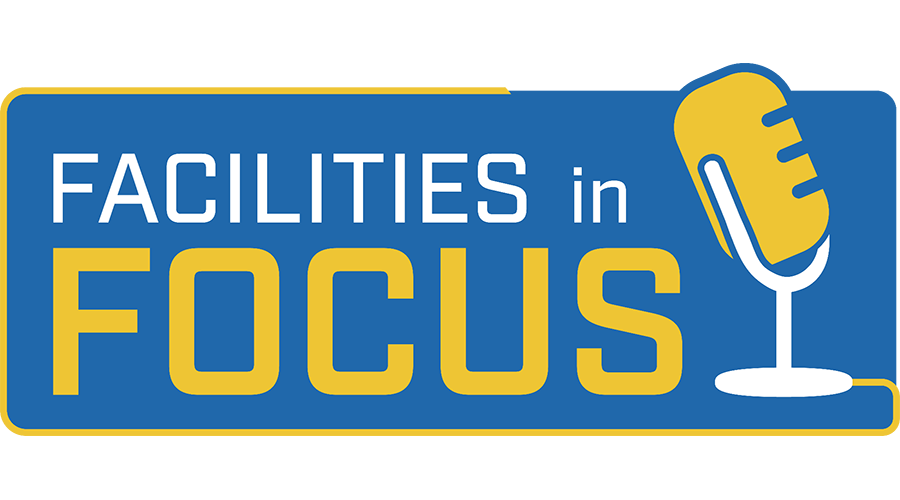Focus on Discretionary Effort Can Boost Teamwork
The discretionary effort leadership model provides leadership techniques to keep employees involved and bringing their A-game to work on a regular basis.
Facility management organizations not only face increased demands for services with little if any increase in budgets, but they face the added dilemma of how to increase employee engagement and collaboration to improve problem solving and provide superior customer service. The responsibility for achieving a high level of employee engagement and collaboration falls squarely on the shoulders of facility management leadership teams. The discretionary effort leadership model provides leadership techniques to keep employees involved and bringing their A-game to work on a regular basis. It provides the guiding principles for professional growth from a manager to a leader. The model helps create partnerships that increase engagement and collaboration, build emotional commitment to company goals, and improve end results.
It’s important to recognize the difference between management and leadership. Management is about ensuring projects and tasks such as preventive maintenance are completed on time and initiatives such as active shooter training is scheduled. Leadership is about engaging employees in the work, the vision, the mission, and the goals. It is about inspiring employees to give their personal best and discretionary effort on a daily basis, the keys to meeting increased demands with shrinking budgets.
You may be wondering how to define discretionary effort. It is the difference between the level of effort a worker is capable of bringing to an activity or task and the minimum effort required to do the work and get a pay check. This minimum level of effort can be made by employees who are competent at their jobs but who are relatively unengaged in the overall goals of the organization. For example, experienced and knowledgeable workers may only be giving the minimum level of effort as they do routine work required by their job description: developing a schedule for a retrofit project, filling urgent demands for building repairs, changing thermostat settings in conference rooms, fielding and logging calls for service, etc.
How would the results of their work be different if they understood the customer service and innovation goals of your department, unit, or team and were giving discretionary effort instead of the minimum required to keep their job? Would they be researching and offering ideas on improving acoustics in the workplace, permitting workers to improve their focus on tasks, or investigating whether tunable LEDs are a good option for the facility?
When an employee gives discretionary effort, it is an intentional, free-will choice. Before you can observe discretionary effort contributions, they exist as potential in the mind of every employee as ideas to improve what is happening. These ideas represent great power waiting to be tapped, power that increases resources and reduces costs as workers add value to the tasks they perform.
Leadership teams often think doing more with less is about computers, technology, and waste reduction strategies. Doing more with less includes this hidden gem of teaching managers to become leaders and encouraging them to earn the gift of discretionary effort from employees as opposed to demanding or forcing extra effort and long hours.
Are your employees doing only the minimum to get a paycheck? Are they engaged in your vision and mission? How can you discover what they are capable of contributing, problems they are capable of solving, and new directions or changes they are capable of implementing?
When Seward Smith was the head of the Army Research Institute, he described what happened to young people when he brought them into his office, explained a need, and described a potential project. “I watch the excitement build in their eyes,” he said. “Then I ask them if they want to tackle this assignment, assuring them that, if it flies, they will get all the credit but, if it flops, I’ll take the rap.” Of course the young people wanted the assignments, and by assuring them that they would get credit Smith unleased their discretionary effort and the ability to discover what they were capable of contributing.
Related Topics:














